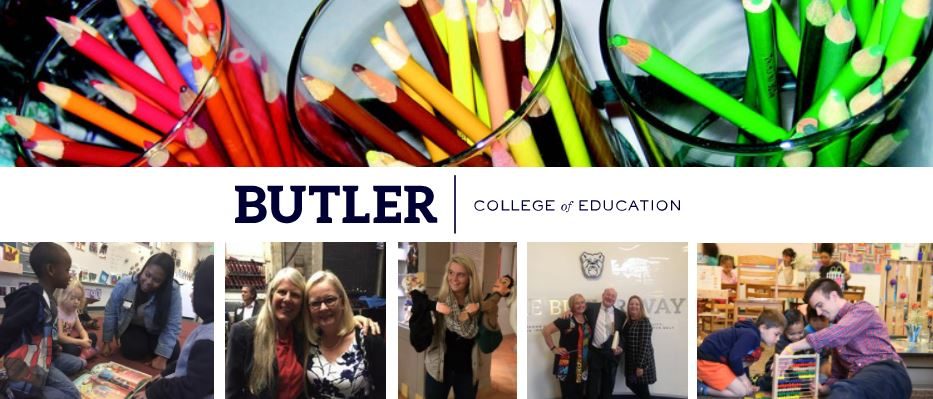The Work of Creating Culture

Dear Friends,
“Happiness is not just a mood—it’s a work ethic.”
—Shawn Achor
Earlier this month we welcomed author and researcher Dr. Kathy Cramer to campus as she launched her new book Lead Positive. Dr. Cramer’s work in Asset-Based Thinking has been the cornerstone of our work in creating culture in the college. Let me say that again. It has been the cornerstone of our work in creating culture.
I am always pleased when people who are not directly related to the COE recognize our solution-focused culture that honors the best of what people bring to the table. However, I am equally struck by the number of people who assume that it just “happened,” or that we “got lucky” to work with such a collaborative bunch. Now, while we are certainly lucky to get to do the work that we do, it takes a tremendous amount of work to create culture.
I reflected upon this when I scanned the audience at the event with Dr. Cramer. Here was a room filled with school- and university-based professionals, who had decided to give up an evening, after a long day of work, in order to think about what it means to Lead Positive. This was a room full of people who decided that the most important thing they could do on this given evening was to think about how they lead and the culture that they can create. They were there to think about the work of creating culture.
Dr. Cramer states, “What you do leads others to imitate your actions and develop the complex skills that form the culture of your team.” Imagine the effect these leaders will have as they begin to work and shape their own personal view of leading positive. When we begin to empower people to use their own assets in a model of collaboration, then problems are more likely to be solved, positive outcomes are noted and recognized, and people are generally happier in their work.
The quote above by Shawn Achor notes that happiness is also about doing the work. When we lead positive and the workplace becomes a happier environment, then we begin to change the trajectory of success. Achor, in his TED Talk on The happy secret to better work notes that people often assume that success will lead us to happiness. But the science behind happiness tells us that is a false hypothesis. Our brain functions significantly better at happy and positive than it does at neutral or negative. So, imagine the work that can be done and the success that can be achieved in our schools if we focus on creating culture that allows people to find the space and satisfaction to also be happy in the midst of the work.
The leaders who came to the Dr. Cramer event are ready to think about the work of culture and how they can make a shift in their school community. But I also challenge you to think about the ripple effect when schools operate from a place of positive, solution-focused culture that values people’s happiness as a key to success. … Imagine what then gets replicated in our classrooms and the outcomes of success for our students.
I am grateful for leaders such as Kathy Cramer and Shawn Achor for helping us to conceptualize a new way of working to shape culture and success. But I am even more grateful for those leaders, like those at the Lead Positive event, who are ready to action-ize these ideas at the grassroots level and work to create intentional culture .
Until next month,
Dr. Ena Shelley
Dean, College of Education
